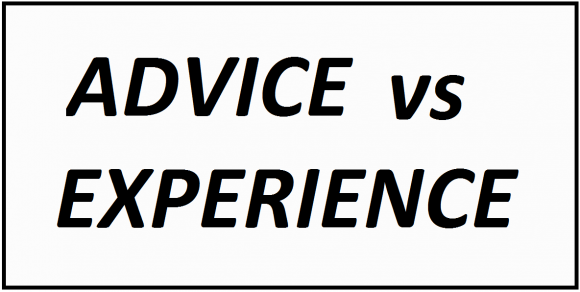Mike’s keynote was titled “Listen, Learn, Share, Succeed”. In his presentation at the Presentation Summit, he shared a story of a young man. This man had to decide to let his ill mother die in the hospital and spend the remaining time with her. He showed how change is triggered by stories that are felt. Here are some lessons that we can learn from his experience.
Giving Personal Advice in Presentations
![With so much information to process these days, people are not able to focus very well. As a presenter, its your job to organize information in the presentation to keep the audience's attention. You have to pay attention to small details from the perspective of the audience. This article explains how organizing information properly helps people understand and focus on your message. Please Read The Slide Some presenters like to tell their audience to kindly read the slide. This is done because the presenter wants the audience to know those things before they continue with the presentation. Presenters don't usually do this because they want to help the audience. Usually, they just want to make their job easier. If that is you, then consider dividing such a slide into two parts. Once containing concise but important information only, and the other containing the explanation. Repetition of Subject Matter Many presenters do this quite often in their presentations. They want to summarize what they're saying using bullet points, but they have to keep mentioning certain topics over and over again. You may be drawing comparisons by explaining the before and after; similarities, or differences. In that case, you should not use a bullet points list, and instead try organizing the points side by side on a comparison table. This makes it much easier to understand the relation. Continued.. Many presenters continue a topic in multiple slides. They do this due to the fact they ran out of space on the previous slide. Writing Continued.. as the title of the slide is not the best way to do this though. You're basically asking the audience to remember what you showed them in the previous slide. Depending on the audience, some people might not have been able to do that. They are left listening and waiting for the next slide to introduce the next topic. An alternative to doing this would be to make a title for each slide. Try explaining your point by summarizing it on the slide using a graph, a chart, or some other visual representation. You can try dividing the topic into short sub-topic slides. Image Courtesy: In a presentation to students and parents... by Tomwsulcer [CC BY 3.0] via Wikimedia Commons](https://freepowerpointtemplates.com/wp-content/uploads/Organize-Presentation-Content-Cover-FreePowerPointTemplates-580x369.jpg)
Mike asked people in the audience if they had any children. Then he asked people if any of their single friends ever give them advice about raising their children? Even though they don’t have children of their own yet. Its the same with presentations. Advice needs to come from someone who has experienced that thing themselves. Otherwise, its not going to stick and its not going to really change things.
Basic Emotions Conveyed in a Presentation

For the sake of a presentation, we must divide emotions into happy and sad. He used these emotions in a graph where each event was rated as happy or sad. He shared a lot about himself in a graph of his own life’s events.
Real Experiences vs Opinion

He shared his life’s moments to show how these experiences and professional life are linked. When people give Advice, they mix facts with opinion. But, people’s own experiences are very real and teach hard lessons. Advice should be given using the word “I” instead of using the word “you” when giving a presentation.
Experience > Advice

Mike’s assertion was that experience is real, and it is better than advice. So, when you’re giving advice in a presentation, make sure to only share what you know. If you share something that did not come from yourself, then state the source of that information.
In Conclusion
Share your experiences, ask people if they’ve had a related experience, and make sure to state your own experiences using “I”. If its not your experience, then state it as such.
Image: [CC BY 3.0] via Wikimedia Commons

Leave a Reply